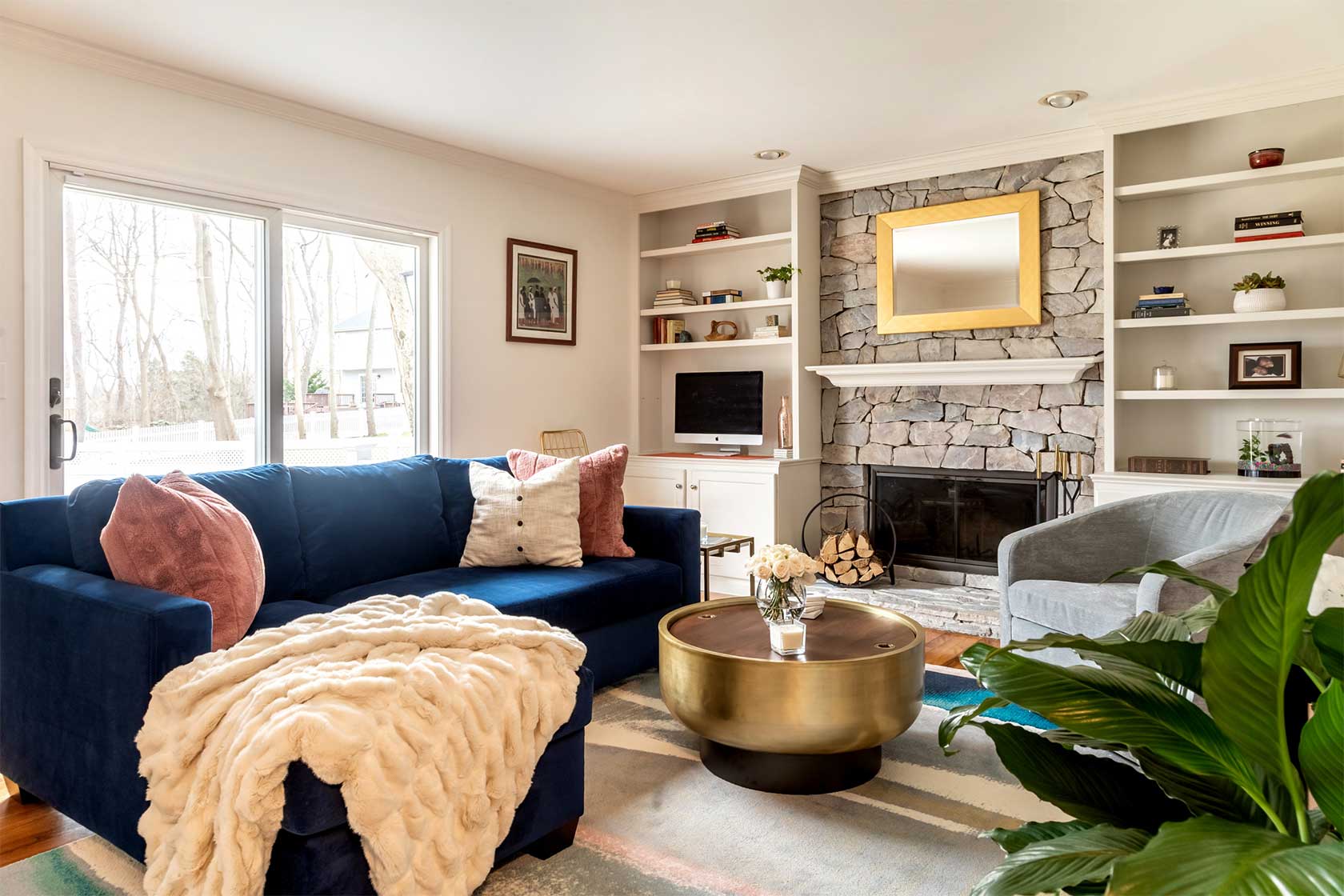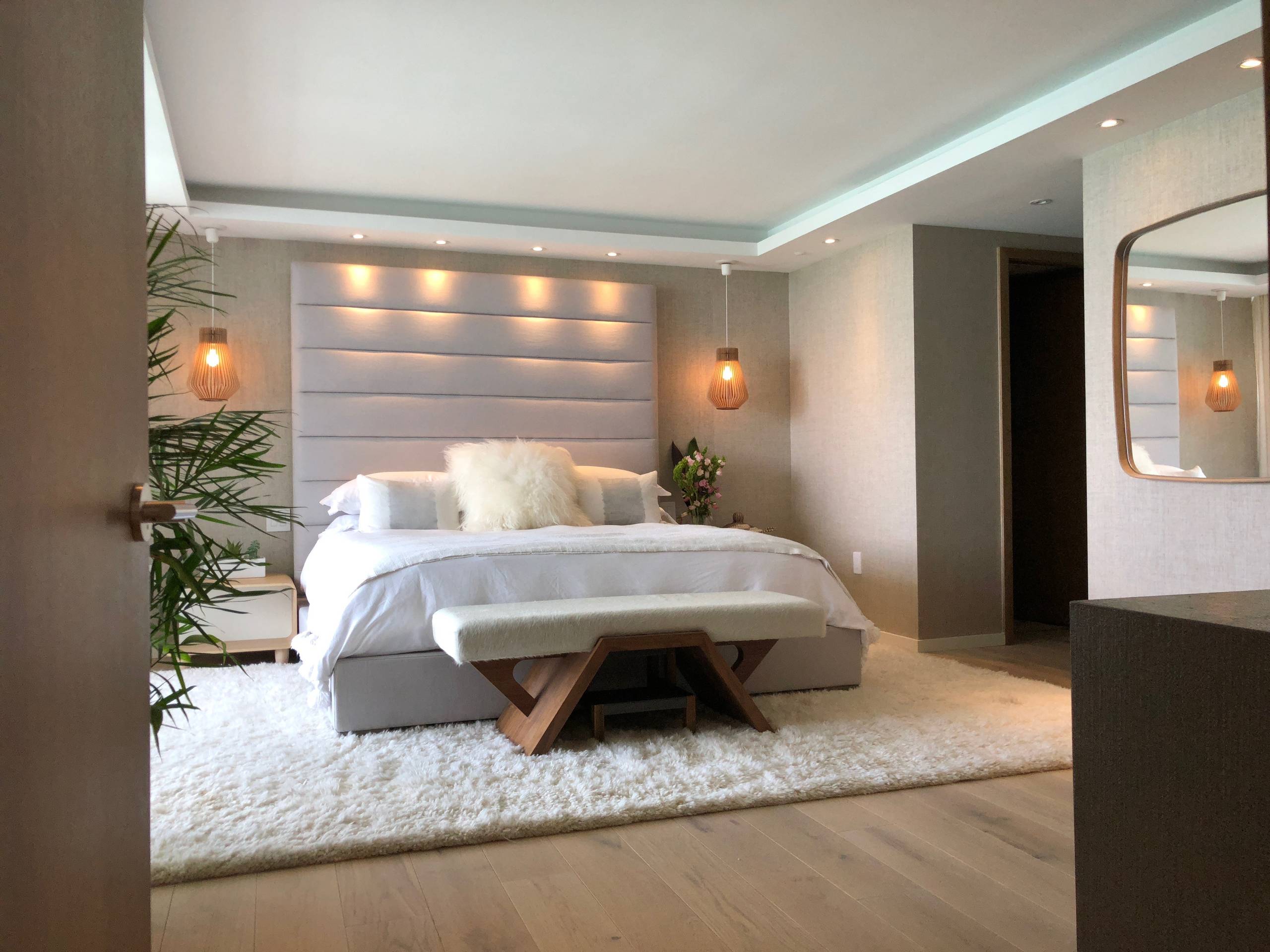Design Elements

Design my room – Interior design is the art of creating a space that is both functional and aesthetically pleasing. It involves the use of various design elements to create a cohesive and balanced environment.
The principles of interior design include:
- Scale and Proportion: The size and relationship of objects within a room should be harmonious. Furniture and accessories should be appropriately sized for the space, and there should be a sense of balance between different elements.
- Balance: A room should have a sense of equilibrium, with the visual weight of objects evenly distributed throughout the space. This can be achieved through the use of symmetry, asymmetry, or radial balance.
- Rhythm and Flow: The arrangement of objects within a room should create a sense of movement and flow. This can be achieved through the use of repetition, contrast, and gradation.
- Harmony and Unity: All the elements in a room should work together to create a cohesive and unified space. This can be achieved through the use of similar colors, textures, and patterns.
Design Styles
There are many different design styles that can be used to create a room. Some of the most popular styles include:
- Traditional: Traditional design is characterized by the use of classic furnishings, such as wing chairs, Chesterfield sofas, and four-poster beds. The color palette is typically neutral, with accents of gold, burgundy, and green.
- Contemporary: Contemporary design is characterized by the use of clean lines, simple shapes, and neutral colors. Furniture is often multifunctional and space-saving.
- Modern: Modern design is characterized by the use of bold colors, geometric shapes, and innovative materials. Furniture is often sleek and minimalist.
- Scandinavian: Scandinavian design is characterized by the use of natural materials, such as wood, leather, and wool. The color palette is typically light and airy, with accents of bright colors.
- Bohemian: Bohemian design is characterized by the use of eclectic furnishings, such as ethnic textiles, vintage pieces, and found objects. The color palette is typically bright and colorful.
Functional Planning
:max_bytes(150000):strip_icc()/Chuck-Schmidt-Getty-Images-56a5ae785f9b58b7d0ddfaf8.jpg)
Functional planning involves creating a layout that optimizes the space and flow of your room, ensuring both comfort and efficiency. It requires considering traffic flow, furniture placement, and storage needs, as well as designating specific areas for different activities.
To begin, sketch a layout plan of your room, marking the location of windows, doors, and any fixed elements like built-in closets or fireplaces. Then, consider the activities you’ll be doing in the room and the furniture you’ll need. For example, if you’ll be using the room for sleeping, you’ll need a bed; if you’ll be working, you’ll need a desk and chair.
Traffic Flow, Design my room
Traffic flow is crucial for creating a functional space. You want to be able to move around the room easily without bumping into furniture or feeling cramped. Consider the natural flow of movement through the room and place furniture accordingly. For example, you might place the bed against a wall to create a clear path to the door.
Furniture Placement
Furniture placement is another important aspect of functional planning. You want to arrange your furniture in a way that makes sense for the activities you’ll be doing in the room. For example, if you’ll be using the room for entertaining, you might group the furniture around a central seating area. If you’ll be using the room for working, you might place your desk near a window for natural light.
Storage Needs
Storage is essential for keeping your room organized and clutter-free. Consider your storage needs and choose furniture that provides ample space for your belongings. For example, you might choose a bed with built-in drawers or a dresser with multiple drawers and shelves.
Tips for Optimizing Space
- Use vertical space by adding shelves or hanging items on the walls.
- Choose furniture that is multi-functional, such as a coffee table with built-in storage.
- Declutter regularly and get rid of anything you don’t use.
- Use natural light to make the room feel more spacious.
Aesthetics and Ambiance: Design My Room

The aesthetics and ambiance of a room play a crucial role in creating a space that is both visually appealing and emotionally resonant. By carefully considering the color scheme, lighting, furniture, textiles, and decorative elements, you can design a room that reflects your personality and creates the desired atmosphere.
When selecting a color scheme, consider the overall design style of the room and the desired ambiance. Warm colors like red, orange, and yellow can create a cozy and inviting atmosphere, while cool colors like blue, green, and purple can evoke a sense of calm and serenity. The lighting plan should complement the color scheme and create the desired ambiance. Natural light is always preferable, but artificial light can be used to create specific moods and effects.
Furniture, Textiles, and Accessories
The furniture, textiles, and accessories in a room should reflect the overall design concept. For example, a modern room might feature sleek, minimalist furniture, while a traditional room might have more ornate pieces. The textiles and accessories can add color, texture, and pattern to the room, and can be used to create a focal point or to tie the room together.
Artwork, Plants, and Other Decorative Elements
Artwork, plants, and other decorative elements can add personality and visual interest to a room. Artwork can be used to create a focal point, to reflect the homeowner’s interests, or to simply add a touch of beauty to the space. Plants can add a touch of nature to a room, and can also help to improve air quality. Other decorative elements, such as candles, throw pillows, and rugs, can be used to add color, texture, and pattern to the room.